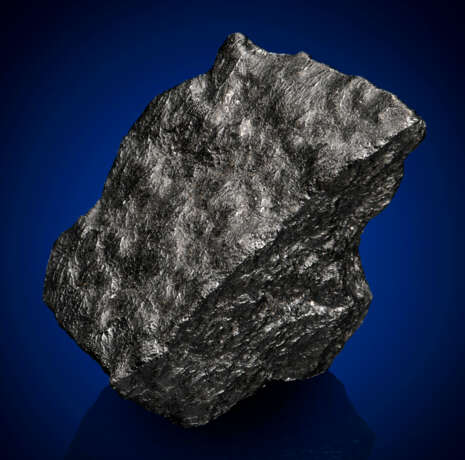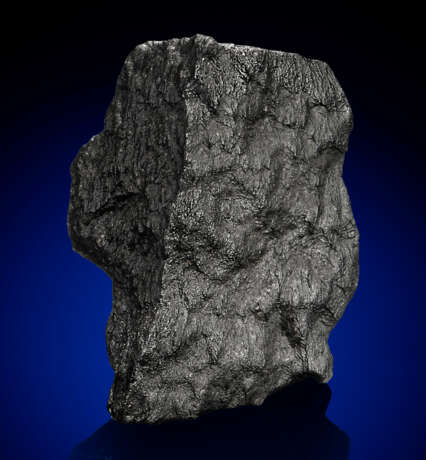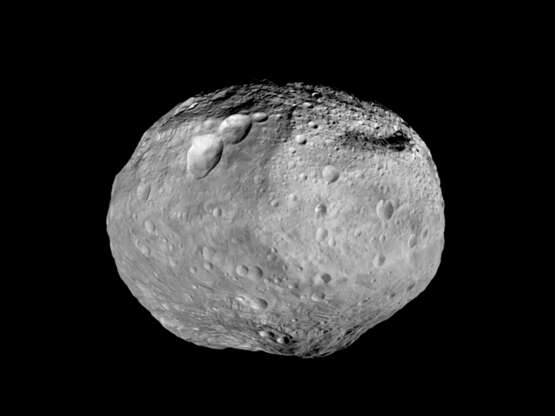ID 716442
Лот 57 | AOUINET LEGRAA — A RARE UNBRECCIATED EUCRITE FROM THE ASTEROID VESTA
Оценочная стоимость
$ 8 000 – 12 000
Scientific evidence indicates that this sample — and nearly all howardites, eucrites and diogenites (“HED” meteorites) — originate from the asteroid Vesta, the second largest asteroid in the solar system. These samples were blasted off Vesta after a smaller asteroid slammed into its surface. NASA’s DAWN spacecraft, which orbited Vesta in 2011, provided further confirmation of Vesta as the place of origin. (A view of Vesta can be seen in image 2, not part of the lot, image credit: NASA/JPL-Caltech/UCAL/MPS/DLR/IDA.)
Exceedingly fresh, more than 90% of this meteorite is blanketed in pristine fusion crust — the result of melting during its transit through Earth’s atmosphere. This meteorite also features secondary crust as seen on the flat rippled face: this meteorite was part of a larger mass that broke apart in Earth’s upper atmosphere; the freshly broken surface melted and reglazed before the meteorite achieved terminal velocity and landed on Earth. In those spots where the crust is not present, a peek at the meteorite’s khaki-hued unbrecciated matrix is revealed. From the asteroid Vesta, this is an exceedingly rare unbrecciated eucrite. To see what Aouinet Legraa looks like under a microscope, see the next lot).
Christie's would like to thank Dr. Alan E. Rubin at the Department of Earth, Planetary, and Space Sciences, University of California, Los Angeles for his assistance in preparing this catalogue.
75 x 51 x 49mm (3 x 2 x 2 in.) and 281.9g (0.66 lbs)
| Адрес торгов |
CHRISTIE'S 8 King Street, St. James's SW1Y 6QT London Великобритания | |
|---|---|---|
| Предосмотр |
| |
| Телефон | +44 (0)20 7839 9060 | |
| Комиссия | see on Website | |
| Условия использования | Условия использования |





